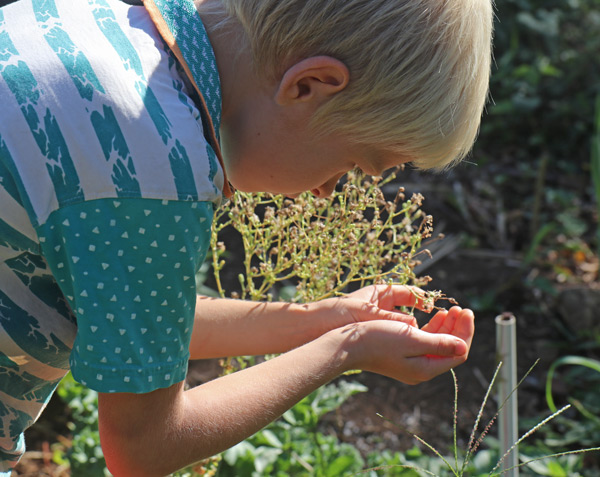I’ve been thinking about the issue of lost genetics in plant breeding. Inbreeding rarely works out well long-term.
There is a lot of ruin in a genetic line; however, because it takes significant inbreeding to create a consistent cultivar that will maintain the same morphology, much of the genetic variation is necessarily eliminated.
As heirlooms are generally created in a single location, they are adapted to thrive in a specific locale with specific weather conditions, pests, soil, etc.
This means when you buy those seeds and grow them in your garden, they are not necessarily well-suited to the space.
Ideally, then, you would plant a wide variety of seed lines, then select for survival/vigor for a couple of generations insuring adaptation to the bioregion, then select out specific qualities for further inbreeding, insuring maximum adaptation to your garden.
Hence, Landrace Gardening.


8 comments
Indeed David! Inbreeding is never a good idea regardless of species. I had just never thought about it concerning plants!
I’ve thought about this same point before. I guess just save seeds from the healthiest, largest and best performing plants.
Yeah, I think that’s the key.
Yeah. The pak choi I tilled under gave me a few huge self-seeded heads the next year. Better than the original. Go figure!
Really the idea of an heirloom variety, the way it is commonly thought of, is impossible. Nature is applying selection pressures wherever the plants were grown which means each generation is always going to be slightly different than the last. I think heirloom seeds are a good starting point for finding varieties that may do well in your area, but if you’re saving seeds you’re landrace gardening. Even if it’s only at the level of natural selection within the genetic diversity of a single heirloom variety.
Right! It’s like trying to save a sunset. Changes happen. In order to maintain an heirloom, there must be conscious breeding, and sometimes reintroduction of lines and roguing to prevent drift, etc.
I had a hard time finding corn that wanted to grow here in Northeastern Oklahoma – our climate runs to extremes: Too hot, too cold, too wet too dry, too windy .. and sometimes all in the same week. I wanted a corn that could be planted in the spring, or in the summer, and leave me time to go chase the bison (if that’s what I needed to do) for a couple of months before returning for the harvest. I found the corn that the Osage nation had planted here, pre-contact .. or at least its shadow: I had to get the seed from a rare seed supplier in Missouri (they no longer have it for sale, but I do!)
It took a couple seasons of saving and re planting, but what I have now can manage to grow to maturity despite the extremes, and despite the neglect .. the only problem I have had is a plague of locusts that arrived before I had ducks to hunt them .. that cost me some ears, as the silks were eaten before they could be pollinated. The ears that avoided getting their silks eaten have added their genes to our seed corn .. so it may help with future locust events (but insect-eating birds help even more!)
2023 planting begins this week!
That is really awesome. Have you done a video on that corn?
Comments are closed.